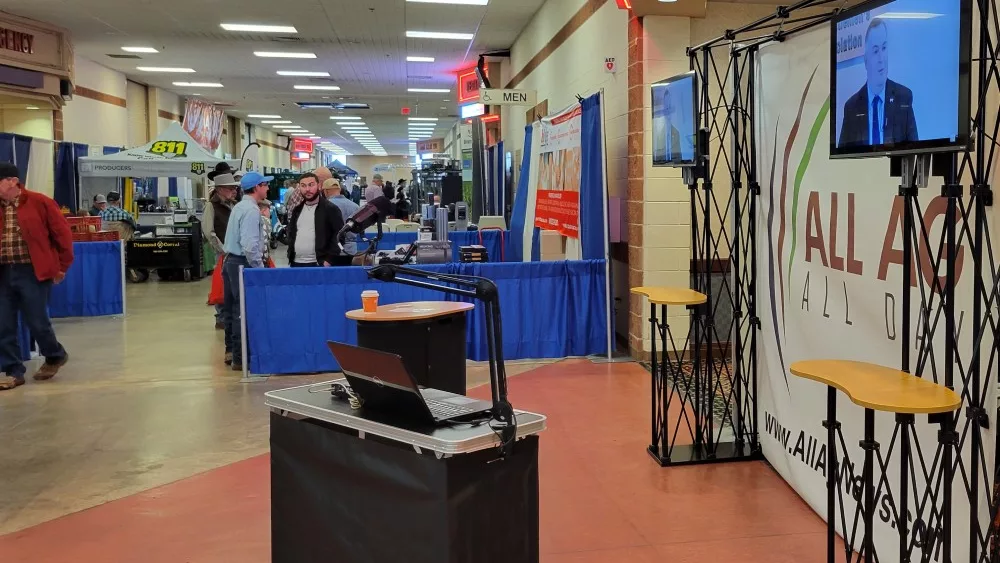
2021 Sorghum Harvest in Floyd County, TX
ARLINGTON, VA – According to the United Nations (UN), the global population is expected to increase by 2 billion in the next 30 years, from a current 7.7 billion people to 9.7 billion in 2050 and potentially 11 billion around the year 2100.
This dramatic growth, the U.N. says, has been driven by increasing numbers of people surviving to reproductive age, and accompanied by increasing fertility rates, increasing urbanization, and accelerating migration.
American agriculture has long been talking about the need to “feed the world”, but recently the Food and Agriculture Organization (FAO) released their ten-year study and projects the number of cereal grains, protein and processed by-products used as animal feed will need to increase 14 percent just to reach demand by the year 2030 (2 billion metric tons).
Part of the challenge becomes not just growing enough food, but also growing enough feedstuffs to raise livestock which is why the U.S. feed industry is looking at six issues that will be factors for satisfying the growing demand for animal protein in a sustainable manner.
David Fairfield, Senior Vice President for Feed with the National Grain and Feed Association (NGFA) says all six issues can be addressed by the domestic livestock and feed grain industry together.
- Supply Chain: The COVID-19 pandemic and subsequent surge in consumer demand have resulted in major disruptions within the food and agricultural supply chains, including those related to the U.S. feed industry. One example of disruption is the backlog of container ships currently waiting to unload at the West Coast’s shipping ports. Ongoing congestion and related transportation logistical obstacles threaten the ability of the industry to both import and export feed products.
- Labor: The U.S. feed industry – like many other industries at this time – is struggling to fill open positions that are necessary to meet production, warehousing, and transportation demands. Although a variety of factors are impacting the labor market, the Biden administration’s Emergency Temporary Standard (ETS) that will require COVID-19 vaccinations or routine testing for many employers presents yet another obstacle for the feed industry in hiring much needed and scarce qualified workers.
- Animal Food Safety: Jan. 4, 2021, marked the 10-year anniversary of the signing of the Food Safety Modernization Act (FSMA). Even after years of rulemaking and issuance of guidance documents, the U.S. Food and Drug Administration (FDA) is still implementing provisions of this expansive law that fundamentally changed how human and animal food are regulated in this country.
- Climate: The ability of the U.S. food and agricultural sector to continue as the world’s largest hinges on the availability of cropland to produce raw agricultural commodities. The abundant and affordable production of raw agricultural commodities is the beginning and most important part of a vibrant U.S. animal agriculture sector and feed industry.
- African Swine Fever (ASF) Virus: With the African Swine Fever (ASF) virus in 2021 reaching the Western Hemisphere for the first time in 40 years, the U.S. feed industry in the coming year will keep playing an important role in safeguarding U.S. animal agriculture from foreign animal diseases.
- OSHA: On the Occupational Safety and Health Administration (OSHA) front, the anticipated implementation of the COVID-19 ETS during 2022 takes center stage. The ETS was issued in response to President Biden’s Sept. 9 order for a regulation requiring businesses with at least 100 employees to mandate workers get fully vaccinated or be tested weekly for COVID-19.
(SOURCE: All Ag News)




